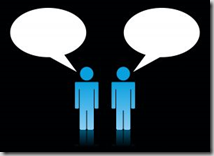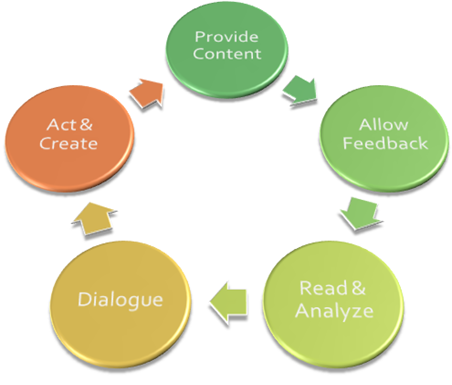According to Gartner “the ratio of operational CRM, analytical CRM and social CRM in packaged applications will shift from 90:9:1 in 2009 to 70:20:10 by the year 2020”. This means there would still be a strong focus on operational CRM and the so called ‘social CRM’ part will only account for 10 percent of CRM suites in 2020.
One one hand I have to agree that operational CRM will still be an important part when it comes to CRM software – even in more than ten years from now. On the other hand I strongly believe that the way companies will execute a CRM 2.0 strategy will dramatically change and shift more to the ‘social CRM’ part than Gartner predicts.
My vision is a software suite that comprises not only traditional CRM tools such as a call center frontend and a sales force automation application, but also all the enterprise 2.0 features such as
- wiki-webs
- forums
- instant messaging
- knowledge management tools
- intranet search (across all platforms)
- social networking applications (linked to external/public platforms)
- web-conferencing
- video-conferencing
- Document collaboration / store
This would allow to effectively execute a CRM 2.0 strategy and reduce the operational part to a minimum as customers can be invited to use these tools (some thoughts need to be spend on security here…) and actively contribute rather than getting stuck in a fixed sales or support process flow.
Currently i do not see any CRM suite getting close to this vision. SalesForce.com might get there soon, but their problem is that the perception on the marketplace is still as a provider of sales force automation – the curse of the brand – and that the networks need to get (much) faster to allow the SaaS model (I do not see them doing Cloud Computing, yet) to deliver an acceptable experience with all these tools. Implementing the full set currently requires a best of breed approach including tools like Jive SBS, Google, SharePoint, WebEx and many more…



 When it comes to Social CRM or CRM 2.0, we often talk about establishing a conversation with customers. I think we all agree that pushing marketing data to a (static) Corporate Website or waiting for customers to call in when they have problems with the products is far away from having a conversation with them. But how can we define and establish such a conversation?
When it comes to Social CRM or CRM 2.0, we often talk about establishing a conversation with customers. I think we all agree that pushing marketing data to a (static) Corporate Website or waiting for customers to call in when they have problems with the products is far away from having a conversation with them. But how can we define and establish such a conversation?


